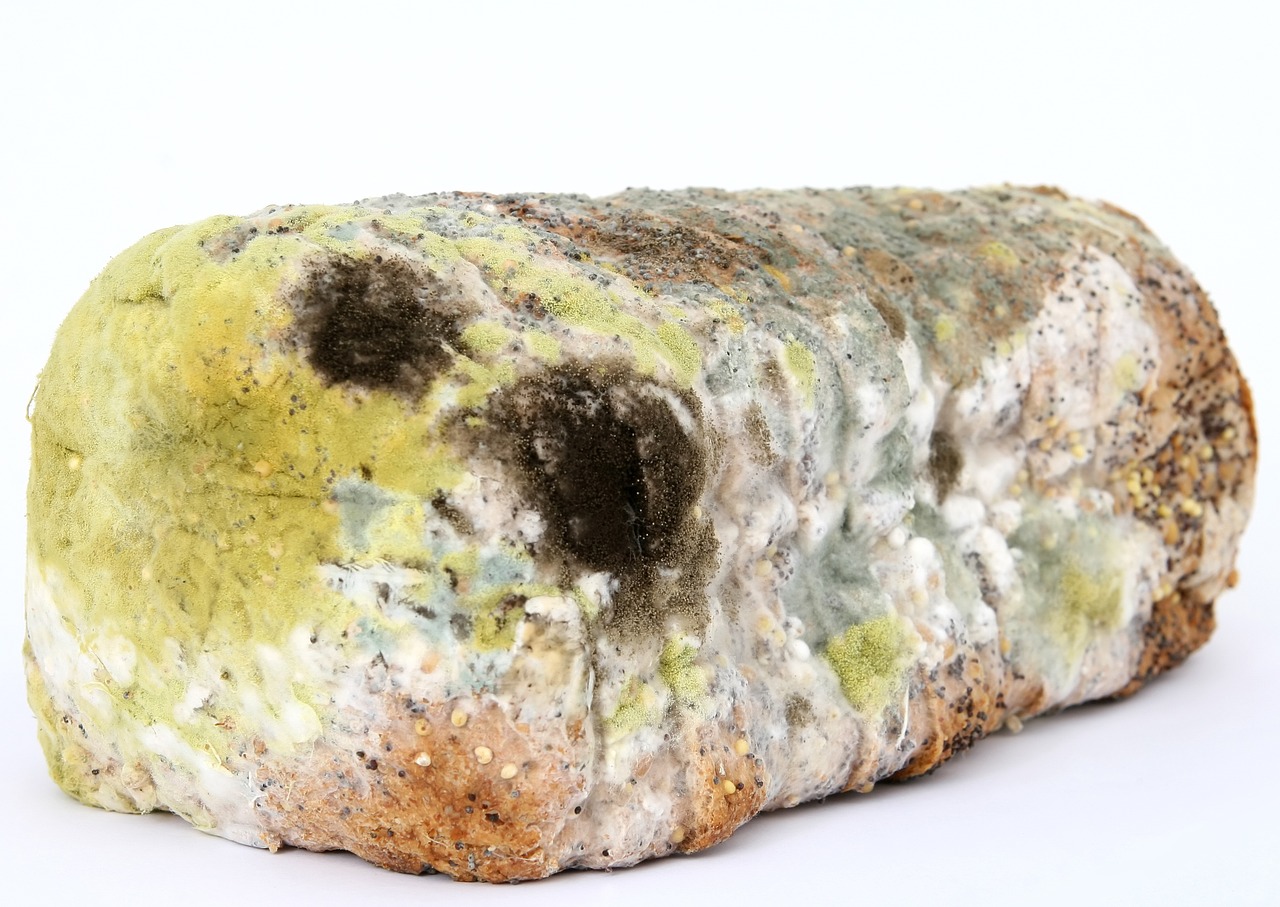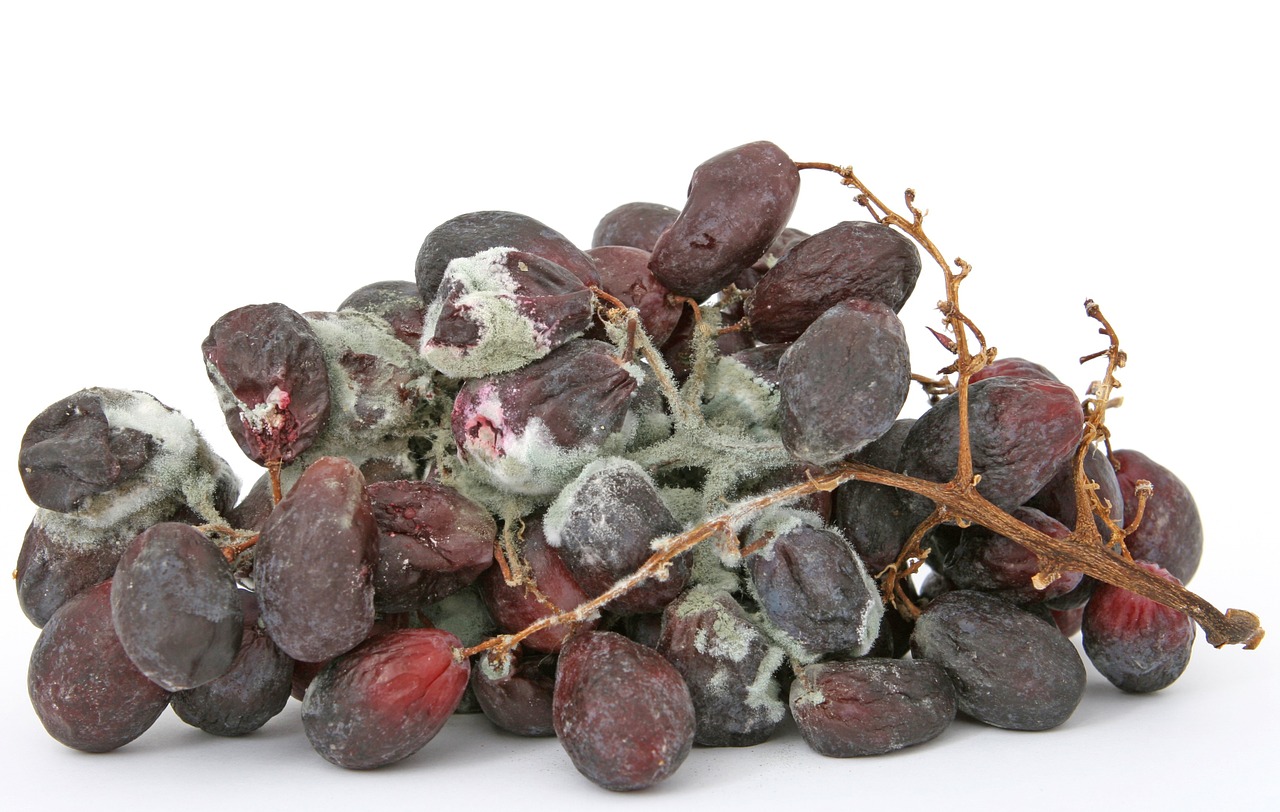Do air purifiers kill bacteria?
Most omnipresent/ubiquitous bacteria coexist with their hosts as part of normal microflora. But they are still able to infect their host at the site of immunosuppression. Let’s take a look at how the technology handles the extended scale of bacteria we share life with.

It is a known fact that the food industry faces a range of sanitary and pasteurization challenges on its way to delivering a safe edible product with minimum risks for an average citizen. Food-related pathogenic microbes like as E. coli, Listeria moncytogenes, and Salmonella spp. remain a growing concern in the Food Processing Industry Community.
By all means, a concern is caused by the lowering cost-efficiency of food businesses, especially those connected with dairy, fish and meat products. Microbacteria prompt spoilage to food products and shorten their shelf life exponentially.
The United States Department of Agriculture estimates the costs associated with foodborne illnesses to grow to about $5.5 to $22 billion the upcoming year. Improved disinfection and food quality control must be implemented at almost any food facility in the country.
Ozone and its Disinfecting Potential
Ozone’s disinfecting power is hard to overestimate. It has proven to possess a much more considerable efficacy in deactivating microorganisms.

The table depicts how ozone works in the deactivation of viruses among various disinfectants. As you can see ozone acts at least a thousand times faster than, say chlorine. Ozone disinfects water 4 times more effectively too. Ozone has a naturally chemical power to destroy the pathogenic substance molecule. Ozone will oxidize organic matter such as mildew and microbes, it will disinfect the air you breathe and get rid of fumes and odors completely. All in all, ozone has been used for decades by various industries as a powerful means of water purification, odor control, etc.
Governmental officials have relatively recently (in June 2001) approved of ozone for use with foods and food contact surfaces. This has brought new perspectives to the technology. The attempts were made to implement it in a variety of neighboring spheres.
Chlorine used to be the widest used substance for a variety of disinfecting purposes. It is known though as being a corrosive agent to stainless steel. On top of that it is a health hazard for the workers of any facility.

A serious advantage to ozone usage at food industry facilities is the sole fact that it is a registered “organic” food surface sanitizer. Ozone has been approved by EPA, the U.S.
Environmental Protection Agency as well as by FDA as a sanitizer. As of 2004 FDA has recommended ozone as an efficient substance that can reduce levels of harmful microorganisms, including pathogenic E. coli strains and Cryptosporidium. Ozone is allowed to be used as an antimicrobial factor in the treatment, storage, and processing of certain foods.
Scientific research on foodborne microorganisms

As you may or may not know, an air purificator test can only be considered true if performed in a controlled airflow chamber. The reasons are obvious: the machine effects have to be evaluated at the same conditions every time a new testing stage is held.
Why was the Ozone-Induced air purification technology developed and implemented in the first place?
The development of improved air purification technologies is an answer to the ever-relatable question: allergies. According to the Asthma and Allergy Foundation of America, over fifty million American citizens experience a variety of allergy-related symptoms each year. In fact, respiratory allergy is the sixths reason in the whole world for chronic respiratory illnesses.
Are Ozone generators any effective at reducing microbial populations?
An EcoQuest Radiant Catalytic Ionization Cell along with the EcoQuest Breeze AT
Ozone generator were both thoroughly examined by a group of scientists to determine if it impacts the living process of a set of bacteria:
-
Escherichia coli, a coliform bacterium of the genus Escherichia that is commonly found in the lower intestine;
-
Listeria monocytogenes, an anaerobic bacterium, capable of surviving in the presence or absence of oxygen; it is able to grow and reproduce inside the host's cells; is considered to be one of the most toxic food-related pathogens;
-
Streptococcus species, gram-positive spherical bacteria capable to grow aerobically or anaerobically;
-
Pseudomonas aeruginosa, a ubiquitous gram-negative encapsulated bacterium possessing outstanding antibiotic resistance;
-
Bacillus spp, with 266 existing named species, is proven to survive being heated up to 420 C and can stay reduced to an oval endospore for years on end;
-
Staphylococcus aureus, is a usual member of human body microflora, is often found in the upper respiratory tract; can easily become an opportunistic pathogen due to its ubiquitous nature;
-
S. chartarum, also known as Stachybotrys chartarum, black toxic mold, a variety of microfungus that produces its chlamydospore in slime heads;
-
Candida albicans, pathogenic yeast residing as part of the complex bacterial community of human gastrointestinal tract.
Microbial Inactivation
The bacterial clusters were set onto stainless steel surfaces. A scientific study was conducted that evaluated the application of gaseous ozone and other oxidative gases on
stainless-steel surfaces against the microorganisms listed above.
The following specific bacteria and cultures of fungi were used:
-
Bacillus globigii
-
Staphylococcus aureus
-
Candida albicans
-
Stachybotrys chartarum
-
Pseudomonas aeruginosa
-
Escherichia coli
-
Streptococcus pneumoniae
-
Staphylococcus aureus.

After being grown in trypticase soy broth the bacteria were exposed to ozone. At the end of the ozone contact time the coupons were vortexed for 30 sec in 30 ml of 0.1% peptone water. Following incubation, data for each microorganism were collected and measured in colony-forming units per square centimeter.
The laboratory testing and research concluded the reduction of the population of
all microorganisms tested on stainless-steel surfaces by at least 90% post 24-hour exposure.
Catalytic Ionization Cell was more effective at reducing microbial counts for shorter exposure times than was the Breeze AT Ozone Generator.
Conclusions
The EcoQuest Radiant Catalytic Ionization Cell and EcoQuest Breeze AT Ozone generators reduced microbial populations on stainless steel surfaces within two hours under environmental conditions, with greater microbial reductions associated with longer exposure times. The Radiant Catalytic Ionization Cell was more effective than the Breeze AT Ozone Generator at reducing microbiological populations at shorter exposure times of 2 and 6 hours. This study demonstrates that ozone gas has the potential to be an effective surface disinfectant for use in food processing applications.